5. Across 110th Street (Barry Shear, 1972)
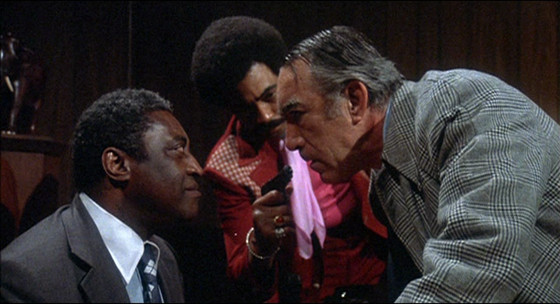
This heavy hitting police drama stars the two acting heavyweights Yaphet Kotto and Anthony Quinn as two very different cops put on the case of a robbery turned massacre: the former, a procedural, careful officer, and the latter, a loose cannon with a racist edge. Despite their differences, the two must work together to find the men who killed the murderers, the victims of who included both blacks and whites.
The problems in the case only increase when they discover that the targets of the robbery, and some of the victims, were Mafia. Soon it becomes a race against time to apprehend the suspects before the Mafia hitmen can track them down and deliver their own form of punishment.
Some debate the film’s qualification as a Blaxploitation film due to the more split focus on both white and black cultures and the increased importance put on analyzing the racial tensions. There are, however, many qualities common to the genre, such as the depiction of black urban communities and the soulful soundtrack by Bobby Womack, the themesong of which became a popular hit.
The film is also more polished and tightly written than many of the others on this list, but what it lacks in rawness of production, it makes up for in emotional tension.
4. Cooley High (Michael Schultz, 1975)
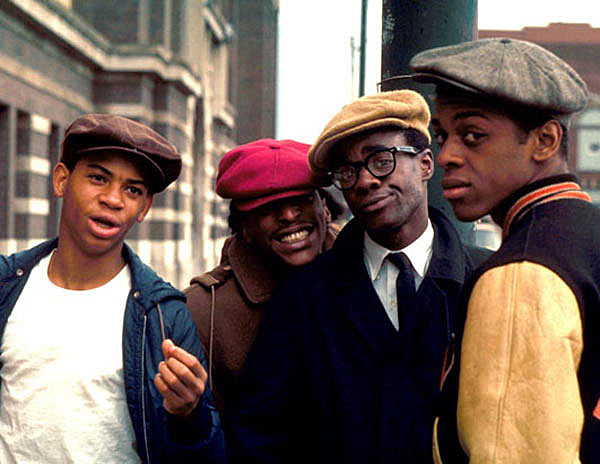
The classic black coming of age film of the era is quite different in style and sentiment than most of the other films on this list, but its content and portrayal of black urban life make it an integral piece of the Blaxploitation filmography.
The film follows two students of Cooley High, Preach and Cochise, and their memorable exploits on the streets of Chicago. Preach is a very intelligent poetry lover, but he does not try hard in school and spends most of his time fooling around with his friends. Cochise, his best friend, is the star of the basketball team who has a scholarship to college, but like Preach, also skips school a lot.
One night, two older kids pick them up in a stolen car and they go joy riding and end up arrested. Their teacher who sees their potential, talks to the cop and lets them go, only now everybody thinks that they ratted on the older kids, putting their lives in danger.
In its day, Cooley High was probably the quintessential urban coming-of-age story, and although its popularity has been overtaken by more modern takes on the subject like Boyz n the Hood, a film which features a very similar plot, its importance is still relevant.
It shows the unfortunate effect that such environments can have on promising individuals and how hard it can be to escape from there. Featuring a great Motown soundtrack and good performances from the young actors, Cooley High is a powerful and influential classic.
3. The Mack (Michael Campus, 1973)
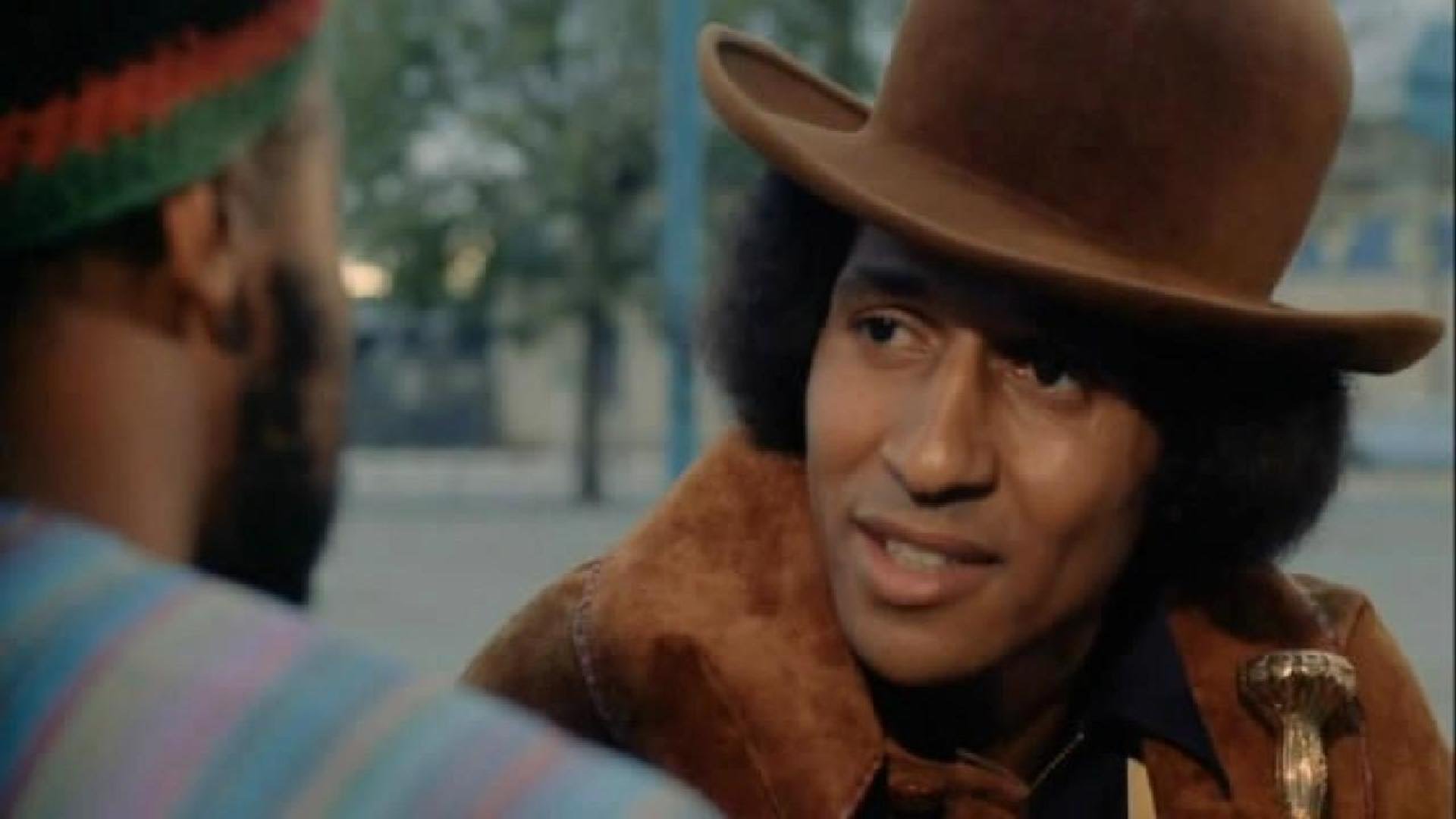
One of the most popular Blaxploitation movies of the time whose popularity has grown an even stronger cult fan base over the decades, The Mack is a favorite of many artists, musicians and filmmakers.
The film follows the recently released pimp Goldie, played by the underrated Max Julien, who has come back from jail strong and is ready to make the biggest empire in the city. He makes his mark by getting the highest quality women, looking out for his own and being the coolest hustler in town.
He is not unrivalled, however, and he has to deal with conflicts from his brother, an anti-crime black activist, rival pimps and two corrupt cops who are out to get him. Luckily, he has the respect of the community and his friend Slim, played by Richard Pryor, to help him.
While in popular culture, the film is mostly remembered for Goldie’s cool, powerful composure and the depiction of the high life of the crime world, the social portrait that The Mack shows is much more layered and complex, delivering a powerful commentary as well as a great gangster story.
The film addresses the many different ways that the black citizens of Oakland try and get by and better themselves. The hustlers like Goldie are trying to get out and use their money to help others, the revolutionaries are trying to get rid of the criminals to make the neighborhoods better and the drug dealers are trying to keep everyone hooked to make money.
Although it may seem like there are many others like it, The Mack is a truly unique film that mixes lampoon with grittiness, exposing the reality of urban life.
2. Foxy Brown (Jack Hill, 1974)
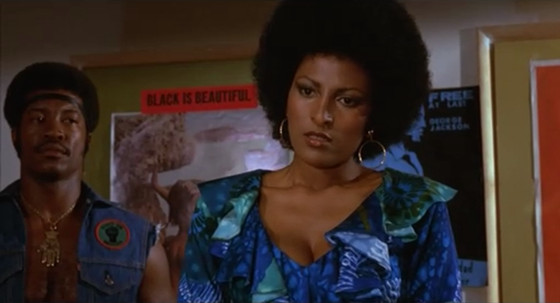
This classic revenge flick not only helped popularize the Blaxploitation genre but turned Pam Grier into one of the biggest sex symbols of the 1970s. Grier stars as the titular character whose boyfriend has undergone facial surgery to hide from the gangsters who are after him.
When Foxy’s brother, who is trying to become a pusher, needs money, he rats out the boyfriend, getting him killed and sending Foxy on a bloody path. She is put up against a powerful couple who deal most of the dope and prostitutes in the city. In order to take them down, Foxy has to go undercover as a prostitute, leading to a series of very violent encounters.
In many ways, the film was very innovative to the genre. It went the trend of most of the other Blaxploitation films by portraying the pimps and drug dealers as scum instead of with sympathy. It also borrows a lot more from the exploitation movies of filmmakers like Russ Meyer, which often featuring large breasted women in action roles.
While the script is not exceptional and the plot is rehashed from many similar films, Grier transformed the otherwise forgettable film into an instant classic. The film inspired several future projects as well, most notably Quentin Tarantino’s Jackie Brown, also starring Grier.
1. Shaft (Gordon Parks, 1971)
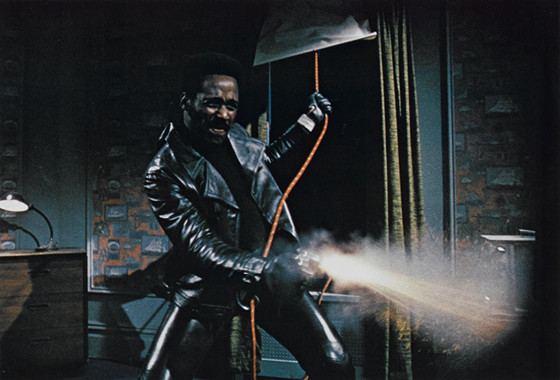
One of the earliest and the most iconic Blaxploitation film, spawning two sequels and a modern reboot, Gordon Parks’s landmark film follows the cool, womanizing private detective John Shaft, played by Richard Roundtree. When Shaft is contacted by the crime boss Bumpy Jonas, played by Moses Gunn, he becomes entangled in a complex and deadly struggle between the police, the mafia and the hoods.
Bumpy’s daughter has been kidnapped by the Italians and has Shaft investigate. Teaming up with his friend Ben Buford, Shaft weaves his way through the web of betrayals and gunfights in Harlem. He also maintains close contact with his friend on the police force who informs him of the goings on in the city.
The film is notable for many reasons. Not only was it, with Sweet Sweetback, the grandfather of the Blaxploitation movement, but its cool vibe and gritty depiction of inner city living set the standard for the content and feel of the movies that were to come.
The film simultaneously celebrated black urban culture while showing its many flaws with problems like violence and drugs. The characters in the film would also become models for the many knock-off films that tried to emulate Shaft’s appeal, often to little success.
The critical reception at the time was a bit mixed, some saying the film was little more than a black version of a 1940s noir film, but over time its importance has become more pronounced. Backed by Isaac Hayes’s timeless score and Roundtree’s cool performance, Shaft is the most complete and influential Blaxploitation experience.
Honorable Mentions: Dolemite, Shaft in Africa, Coffy, Black Caesar, Mandingo.
Author Bio: Matthew Benbenek is an undergraduate Mechanical Engineering student at the University of Wisconsin – Madison. He has a passion for film, music and literature and, when not watching movies, is an amateur director and violin player.